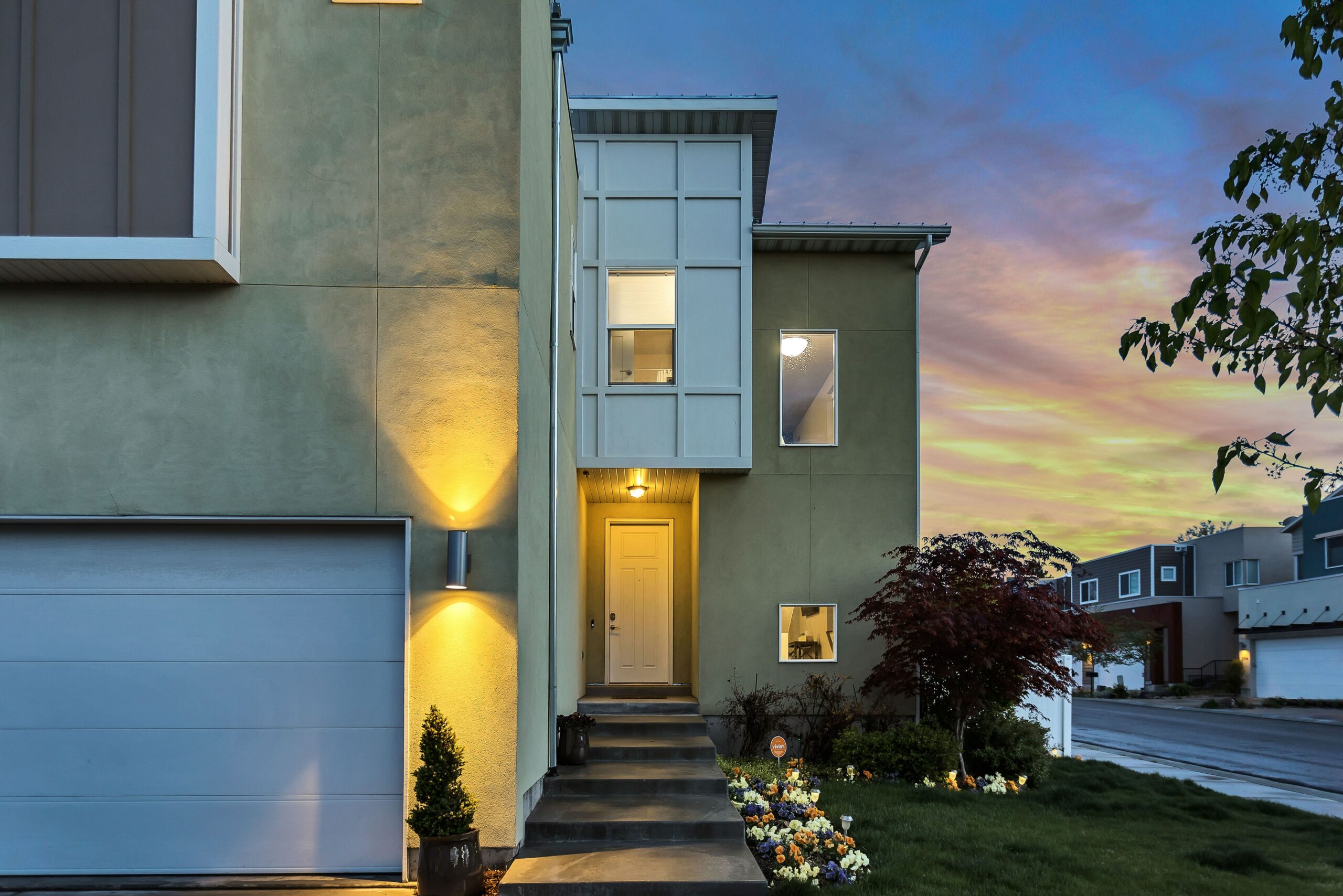Be honest. When you receive the 40+ double-sided pages explaining your homeowners insurance policy, what do you do with it? If you said read it front to back immediately, you’re one of only 12 people who did so in the last ten years.

But there’s good news. You have a secret weapon in the fight to understand your insurance coverage: your homeowners insurance declaration page.
The declaration page is a summary of your homeowners insurance policy. (Think Cliffs Notes for insurance). The information contained on this page provides the information you need to take an active role in ensuring that your coverage is correct. No need to read hours of snooze-worthy legalese.
Admittedly, even the declaration page can look intimidating at first glance so let’s break it down together. For the sake of simplicity, we will work through the most common homeowners policy form, the HO-3.
Who Is Insured
On a homeowners declaration page, the most basic information is typically at the top, including:
- Policy period
- Policy number
- Insurance agency information
- Named insureds and address
These items are fairly straightforward. The policy period records the start and end dates of the policy. These are dates that you selected when you purchased your policy. They dictate when payments are due and when your policy will be up for renewal.
The policy number and agency contact information are also in this first section of information. These are important to have on hand in case you need to make a change to your policy or need to report a claim. Having this information at your fingertips will save time later on.
The most important piece of information in this section of the homeowners insurance declaration page is the named insureds. The name of the legal owner(s) of the property (listed on the deed) should appear here. No additional names or entities should be listed in this section. It is important to ensure that the proper names are included and spelled correctly. Double checking accuracy of the address listed is also advisable.
What Is Insured

If you frequently make improvements or changes to your home, you should check this section regularly. Putting on a new roof, installing a new alarm system, adding a pet to your family, and getting a swimming pool are just a few of the many things that can affect your premiums. Be sure to let your insurance agent know about any changes.
How Much You’re Insured For
Another main component of a typical homeowners insurance declaration page is the coverage section. Your deductible and limits of liability will be will be outlined in this section.
The deductible is the amount you pay for a loss before the insurance company pays your claim. If your deductible is $1,500 and a storm does $5,000 worth of damage to your roof, you will pay the first $1,500 and the insurance company will pay the balance of $3,500.
Limits of liability are individual coverage limits. Your homeowners declaration page will typically list your limits in two sections. The first details your property coverage. The second describes the liability coverage.
Property Coverage
Insurance carriers use something called replacement value to determine how much your home, or dwelling, should be insured for. Replacement value is what it would cost to rebuild your home in the case of a total loss. Keep in mind that this is different than market value which is the amount you could sell your home for on the open market.
The homeowners declaration page lists the replacement value as coverage A, dwelling. The three additional property coverages listed in this section of the homeowners declaration page are calculated as a percentage of coverage A, as follows:
- Coverage B, Other Structures, includes coverage for structures that are separate from the dwelling like a detached garage, driveway, pool, or fence.
- Coverage C, Personal Property, covers items in your home like furniture and clothing.
- Coverage D, Loss of Use, provides coverage for living expenses while your home is being repaired.
Liability Coverage
Liability coverage is also listed on the homeowners declaration page. Liability coverage will help pay for medical bills, lost wages, and legal costs if someone is injured on your property. This coverage also provides some coverage if you damage someone else’s property. $100,000 is the minimum amount of liability coverage that most homeowners policies include. Most policyholders have limits of $300,000 to $500,000.
Premiums
One final thing that all homeowners declaration pages will include is premium amounts. The premium is what you pay for your coverage. Typically there is one sum listed in the coverages section which is the amount you pay for the basic property and liability coverage.
Often times, the declaration page will list additional premium amounts for enhanced coverages, or endorsements. Some common endorsements included on a homeowners declaration page include jewelry, sewer backup, inflation guard, home business, watercraft, and earthquake.
Explaining each of these additional premium sources falls outside the purview of this article but they are worth discussing with a qualified insurance agent.
Beyond the Homeowners Insurance Declaration Page
While reading and understanding your homeowners declaration page is a great first step to understanding your coverage, feeling good about the entirety of your homeowners policy is important. The best way to make sure that you are properly covered is to work with a trusted independent insurance agent.
Independent agents are uniquely equipped to guide you because they represent many different carriers. They are able to look at your particular situation and match you with an insurance carrier that offers exactly what you need. Nothing more, nothing less. Contact an independent insurance agent today for a full review of your homeowners insurance coverage.
